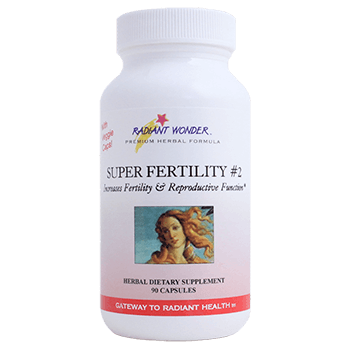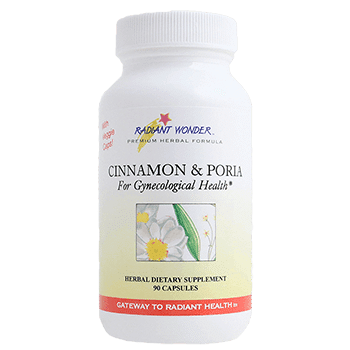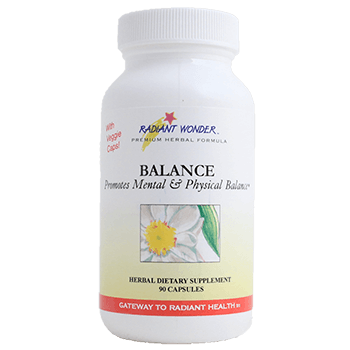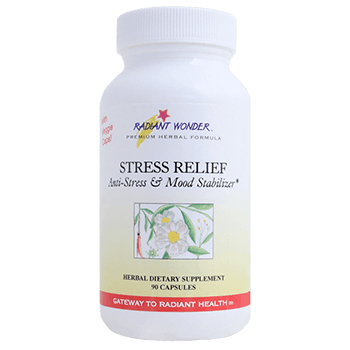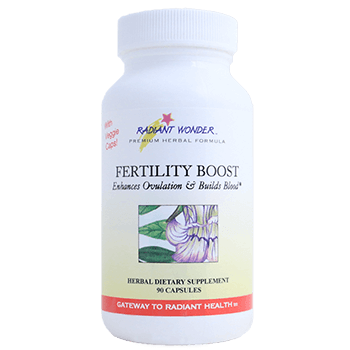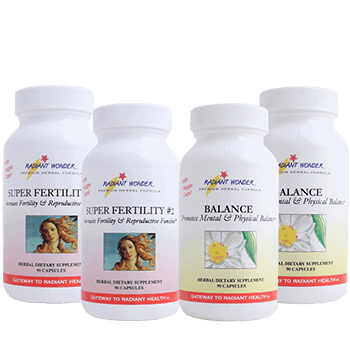Why do women with pelvic pain have more migraines?
Western Research and Chinese Herbal Theory
They are two of the most common chronic conditions in women – migraine and chronic pelvic pain. And, according to the latest research, the two complaints may be linked. Seven out of ten women with chronic pelvic pain also have migraine, three times the normal rate. Researchers say more investigations are now needed, which could lead to better treatments for both conditions.
Chronic pelvic pain is characterized by discomfort in the region between the hips, below the bellybutton, for six months or more. It accounts for ten per cent of all gynecological visits. While a percentage of cases are linked to infections or growths within the uterus, often the cause is never discovered. The condition affects 15 to 24 per cent of women of reproductive age – similar to the prevalence of migraine in women – about 20 per cent, compared with seven per cent of men.
A migraine is usually felt as a throbbing pain at the front or on one side of the head. Some sufferers also experience nausea and sensitivity to light.
In the new study, researchers from the US government’s National Institutes of Health, investigated the relationship between migraine and chronic pelvic pain in women, with and without endometriosis, a condition that causes tissue from the lining of the uterus to migrate to other parts of the body. The women, aged up to 46, had suffered for an average of around ten years.
Results show that 67 per cent of women with chronic pelvic pain had migraines and another eight per cent had headaches that were possible migraines, three times the rate found in women generally. Migraine was no more likely in women with endometriosis than those without.
‘Migraine might be more closely associated with chronic pelvic pain than with endometriosis itself,’ says Professor Stephen Silberstein, former president of the American Headache Society, who led the study. ‘Further investigations may lead to better understanding and management of migraine, endometriosis and chronic pelvic pain.’
One theory is that hormone-like compounds called prostaglandins may be involved. These have a role in a number of functions including inflammation and the contraction and relaxation of blood vessels.
Another theory is that the women with one form of chronic pain become more sensitive to other sources of pain as their nerve cells increase in general sensitivity. Symptoms that would normally not cause pain now do because thresholds have been lowered.
‘This interesting study identifies a much-increased prevalence of migraine in those with chronic pelvic pain than in the general population,’ says Dr Andrew Dowson, head of headache services at King’s College Hospital, London, and chairman of Migraine Action’s medical advisory board.
‘Other possibilities are that analgesics taken for pelvic pain exacerbate the headache condition, or that pelvic pain is another example of pain sensitizing the nervous system, leading to increased headaches.’
Dr Nicholas Silver, consultant neurologist at the Walton Centre for Neurology and Neurosurgery, Liverpool, says: ‘These findings support what we have suspected for a long time – we often see patients at our migraine clinic complaining of other types of nerve-related pain; in the neck, back, abdomen or legs.’
‘Our approach is to get patients off any analgesics, off caffeine, make sure they eat regularly and tackle any sleep problems. We can then look for effective ways of treating the migraine, and once we have the other pain tends to disappear too.’
Editor’s comments:
Chinese Herbal Theory finds a link between conditions such as pelvic pain and migraines. Ancient Chinese herbalists determined that anytime there is pain in the body there is a blockage of energy. This leads to a new definition of the word detox.
Detoxing can be thought of as removing something toxic from the body as it is defined in Western herbalism. However, where pain is involved detox becomes a way of changing the body’s energy flow, breaking down the stagnation of energy that is causing stagnation.
According to Chinese Herbal Theory there are 5 Stagnations which are possible. It is said that The 5 Stagnations are the source of all disease.
Whenever there is pain in the body it is caused by a blockage of the free flow of energy in the body. And when there is a blockage in one part of the body it can easily affect another. Especially lower body blockage affecting upper body. For example, it is common for a woman of any age experiencing severe pain with her menses to have acne. Chinese Herbalists have seen for centuries a connection between pelvic pain and chronic headaches.


